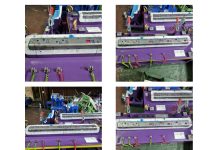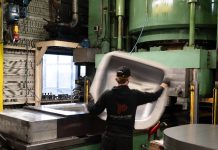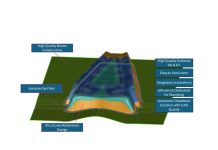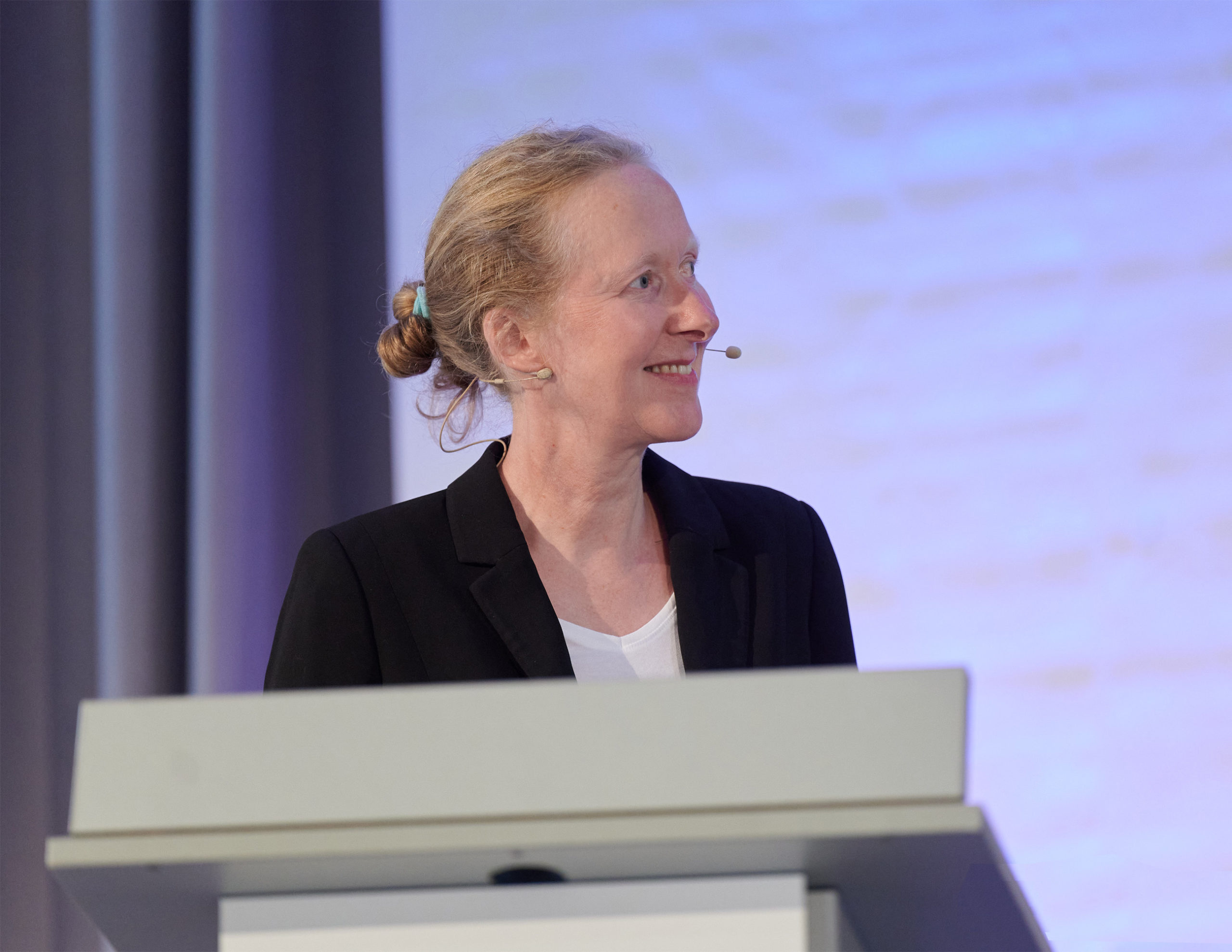Two Strategies Studied in AutoForm for Controlling Springback in an HSS Part
In this blog post Prabha Industries from India reveals two strategies they tried in AutoForm to successfully control sidewall curl on 980 DP part. Prabha Industries is among India’s premier die shops, for line dies and transfer dies, and have been using AutoForm for past 10 years for all the forming simulation.
The story we are about to share with you illustrates how crucial it is to take into account the springback phenomenon, particularly when working with a material that has novel characteristics. When you’re trying to find the best countermeasure (process plan and parameters, tool shape, etc.) in the sheet metal forming industry, you absolutely cannot neglect the main principles or proceed without the right software that will help you get to the root of the issue.
 Prabha Industries contacted AutoForm-India to find out the ideas to successfully control sidewall curl phenomenon for a sill part made from 980DP steel.
Prabha Industries contacted AutoForm-India to find out the ideas to successfully control sidewall curl phenomenon for a sill part made from 980DP steel.
Ravikumar, project in charge of Prabha Industries got in touch with us during the engineering phase where the tools were not built yet. They made several iterations considering four processes finalized as per initial study. Side wall curl was an issue that did not solve in spite of several iterations.
The client approached us for a joint study to eliminate spring back and sidewall curl and to avoid multiple recuts of the die in tryout phase.
For mild strength steels, a single crash forming operation is usually enough to form the part shown in Fig. 1; however, this may not be the best approach for HSS. For this reason, we will outline some alternative methods for dealing with new projects that work with HSS and AHSS materials.
 Fig. 1: Tool set-up for one-step forming operation
Fig. 1: Tool set-up for one-step forming operation
As seen in Fig. 1, the stamping process took place in one forming operation. However, a straightforward bending resulted in the part experiencing a side wall curl (see Fig. 2); essentially, a method that had been working for years was suddenly causing problems.

Fig. 2: The top left shows the occurrence of side-wall curling
Trying to counteract this effect using springback compensation for this side wall curl is not easy and the probability of success is quite low, making compensation nearly impossible.
“With the scope of keeping the process as close as possible to the customer’s engineering intent, we tried several methods to control this curvature on the wall,” said Mayank, Technical Account Manager at AutoForm, India. “But, as the joint study with our customer revealed, alternative strategies would be required to deal with AHSS. Firstly, we ran a root cause analysis, to understand the reason for the curling. We analyzed the differences in stresses in the outermost and innermost layers of the sheet in the wall area, whilst it underwent bending during the forming operation.”
The study showed that the stress on the outer layer was positive, while the inner layer stress was extremely negative. This difference generally translates to instability, and it resulted in the curling behavior (see Fig. 3).

Fig. 3: Difference of stress between the outer and inner layer.
The residual stress along the thickness of the wall was the sum of loading and unloading stresses. The result was the presence of compressed and stretched areas, which caused the instability.
Rather than searching for a compensation strategy, we focused on minimizing the differences in stress occurring along the thickness of the side wall itself. Only after this was achieved did we move on to compensating the tools.
We proceeded with an approach that we have actually been teaching for years in our training sessions: turning “pure bending” stress distribution into “superposed” stress distribution (see Fig. 6). To obtain this effect, the wall cannot undergo pure bending, but it must be stretched.
To accomplish this goal, we evaluated the following two strategies in our study:
Strategy 1: Post-Stretch with Stake Beads in Punch
The first strategy would entail adding stake beads to the punch area, resulting in stretching of the sheet wall during the last few mm of the press stroke. This would balance out the stress differences of the outer and inner layers of the material, in turn reducing both the springback and the wall curling.

Fig. 4: Forming Process. Image source.
Fig. 4 shows the forming process at three different time steps: (a) binder closure, (b) hat shape reached (still a few millimeters from the bottom), and (c) tool closure: beads are formed and the wall area is additionally stretched.

Fig. 5: Springback results applying stake bead in punch
We set up the process for the first strategy and ran the simulation; the results are shown in Fig. 5.
As you can see, both of the stresses (inner and outer layers) are now positive (left picture), giving the sheet greater stability. This results in a smaller magnitude of the springback effect (right picture).
To better understand what this means, we can refer to Fig. 6. If we look at the resultant stress curve, there is no longer a momentum effect due to the two different stresses, which would lead to a kind of “rotation” of the element. Instead, we now have a more uniform stress, resulting in a “shrink effect” along its length. The “unbending-rotation” effect that caused the curl has disappeared.

Fig. 6: Stress and strain distribution after post-stretching
The problem is fixed, but we also need to consider the downsides of this strategy.
The first disadvantage is that the part now requires a larger blank in order to accommodate the stake beads, which means increased material cost (lower material utilization factor). The other issue is that a very high press-tonnage is required to achieve the additional stretch required to form the part. Although the solution worked well, for a more complete cost-benefits analysis, we wanted to evaluate the second strategy as well.
Strategy 2: Multiple Forming Operations
For the second strategy, we decided to add another forming operation rather than changing the tool shape (Fig. 7).
The part was initially bent upward, and then downward to form the final shape. While springback was still high when using this method (when compared with the stake bead method), the problem of the wall curling was entirely eliminated, resulting in a pure angular springback. This can easily be compensated by adding a correction operation using CAM-Restrike.

Fig. 7: Form based two-step forming, resulting in pure angular springback without any curl on the wall.

Fig. 8: Final springback after compensation using CAM-Restrike tool
In the end, the client chose to adopt the second method, using multi-step forming operations, and the tools are being manufactured successfully accordingly. Despite the added cost of a two-operation tool, with the improved stability of the process (the stresses are under far greater control, which results in a lower scrap rate during production) and also considering the large number of parts being produced, this solution proves to be far cheaper in the long run.
The outcome of the joint study was shared with the end customer, who approved additional die operation for process robustness. Dies were manufactured as per new operation lineup. The parts came out during trials did not had side wall curling and only angular spring back was observed for which dies were further compensated during actual trials.
In addition, as we at AutoForm always recommend, the process robustness must be checked before delivering the tool for manufacturing. With this analysis, we want to make sure that issues due to process variability do not arise in tryout or (more importantly) production, causing press line downtime. This would in turn skyrocket costs, additionally making all engineering efforts in vain.
Raghuram Shenoy, engineering head at Prabha Industries said, “This exercise shows that before we start working on compensation, we must have a robust process, especially in the case Advance High Strength Steels. This could be a more complex die process which would be cost effective in longer run. Otherwise, it could mean a more robust product design that lends itself to simpler die process.”
Thanks to Prabha Industries for sharing this interesting case study.













